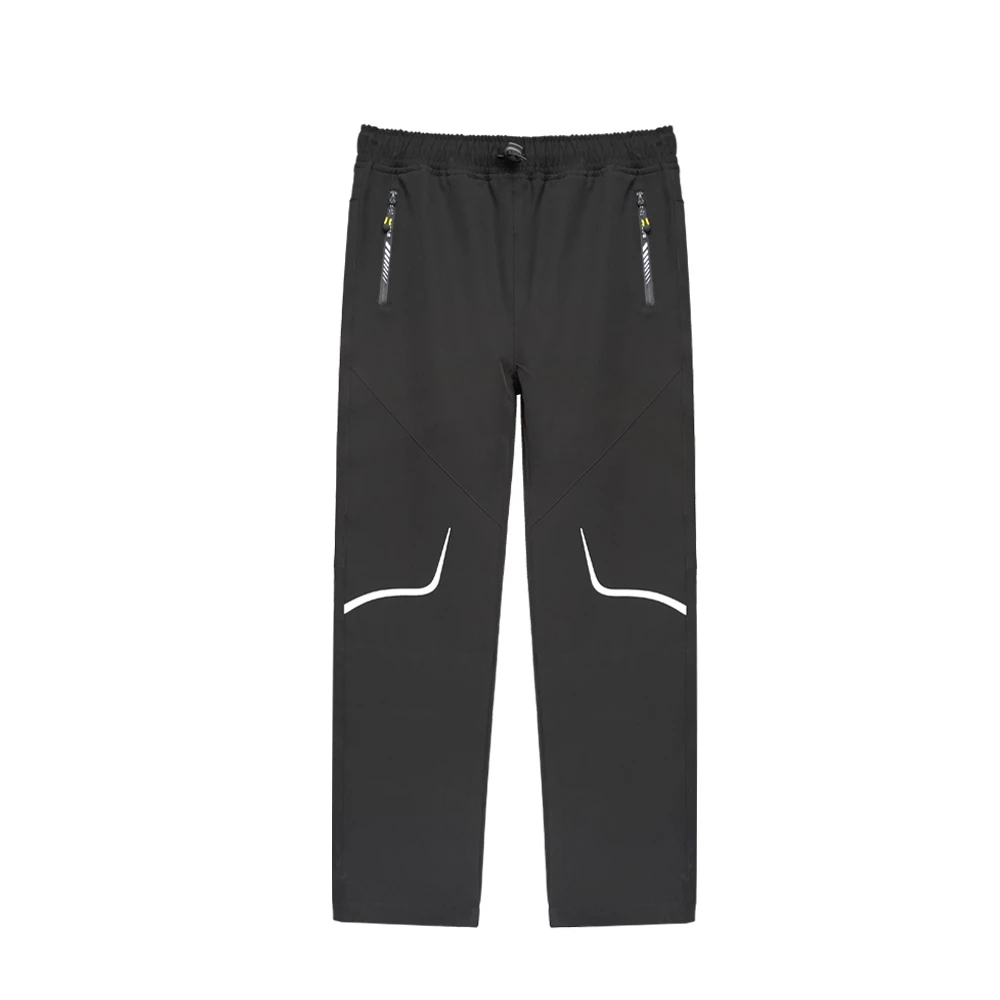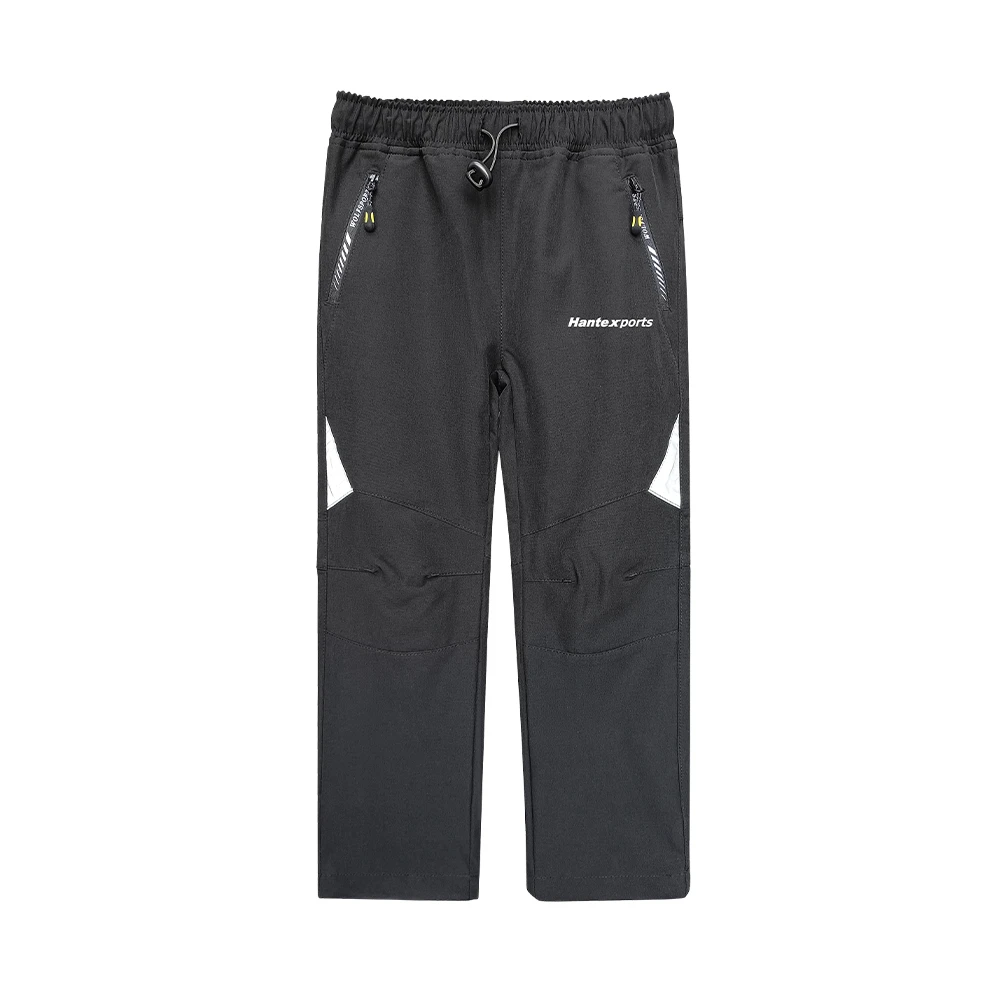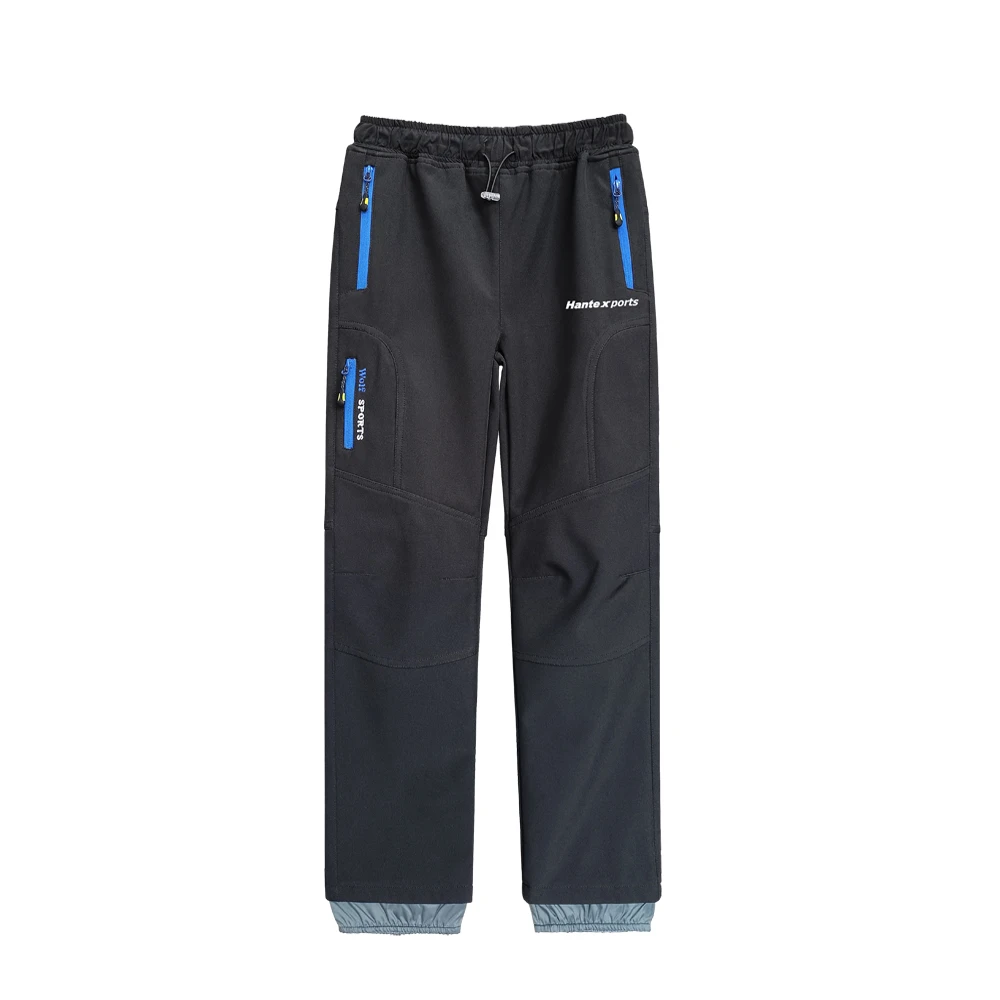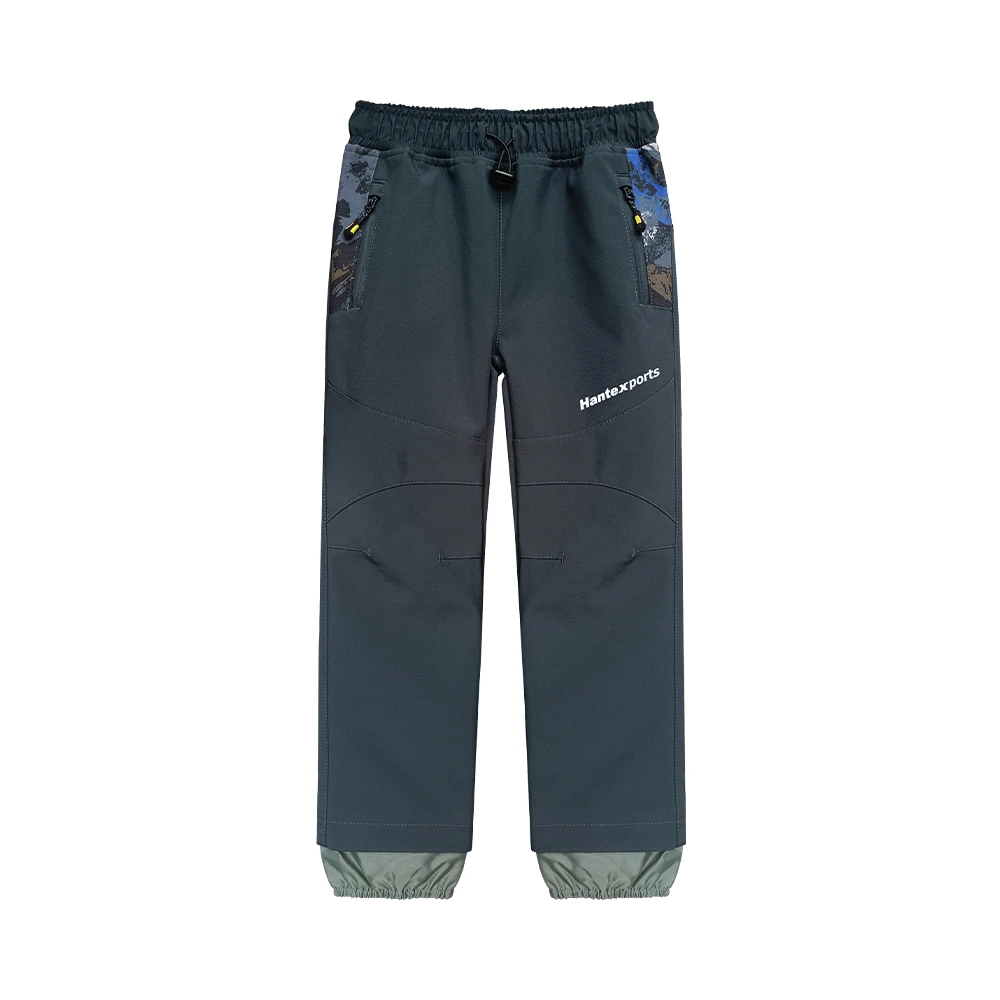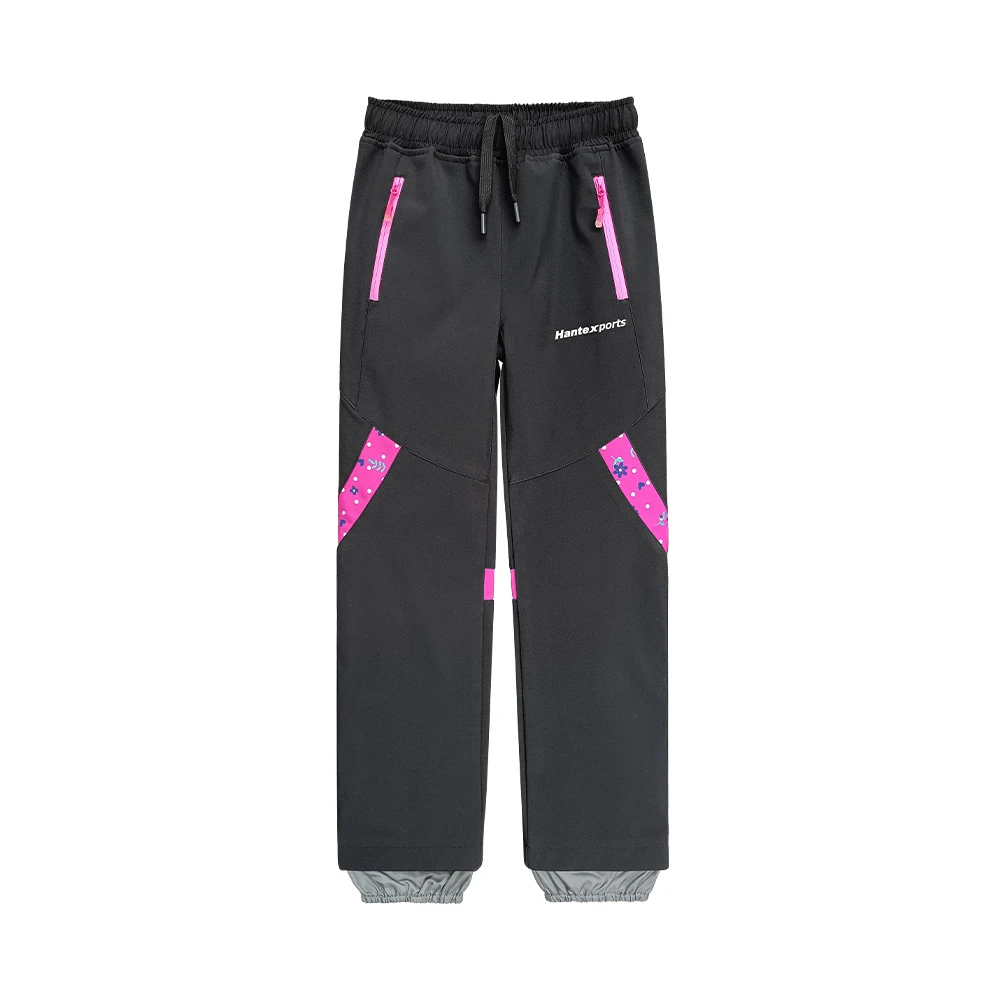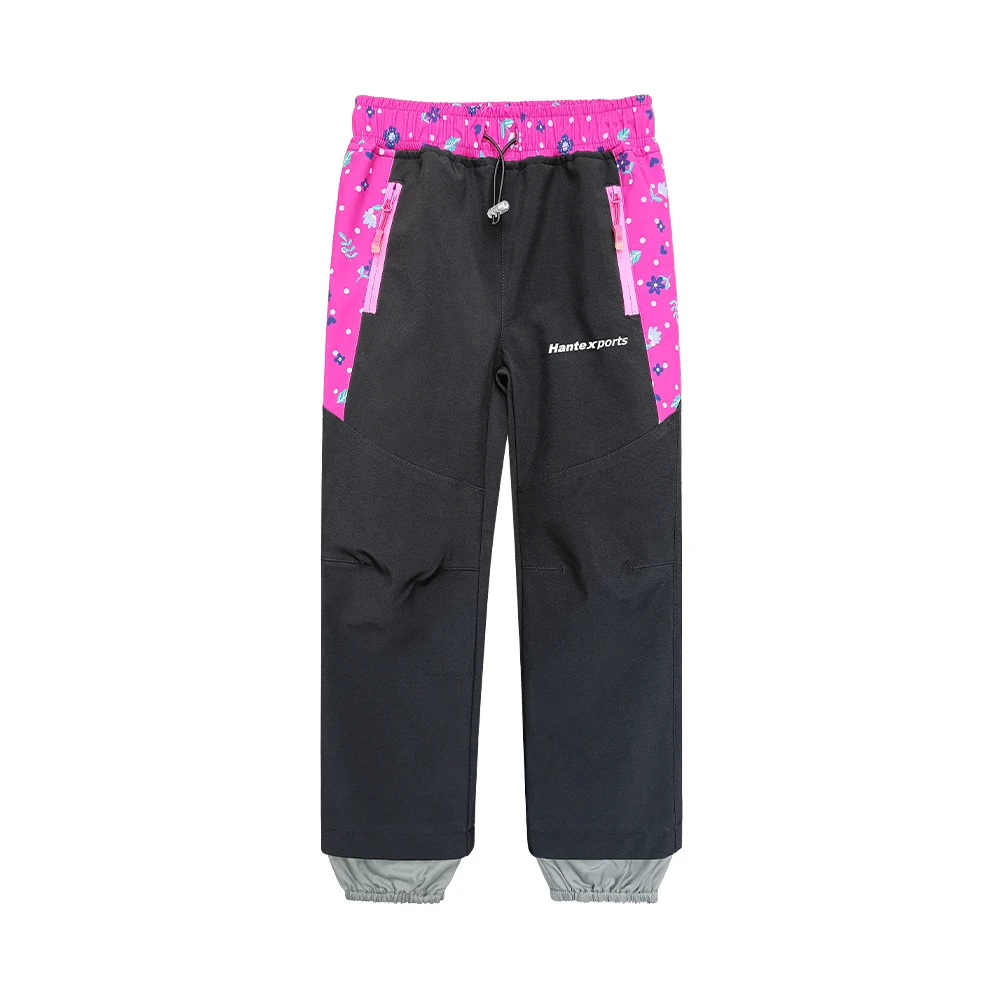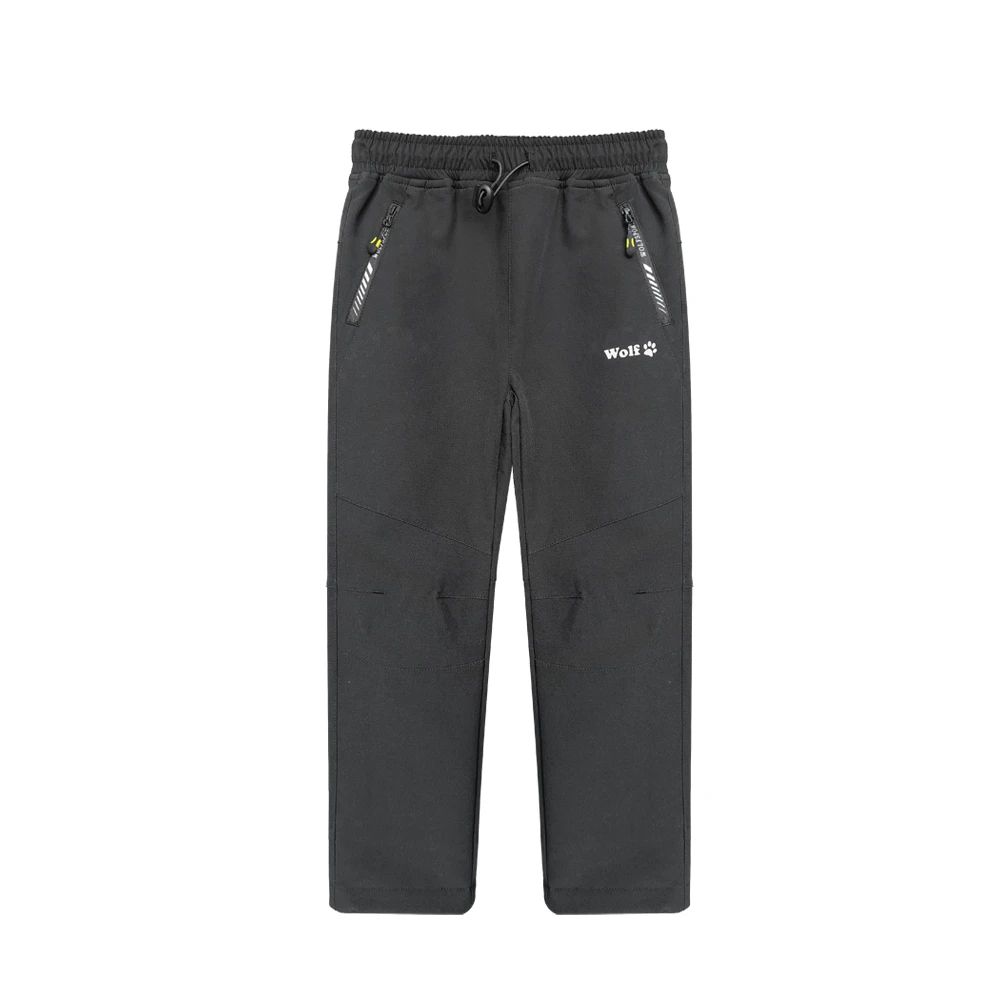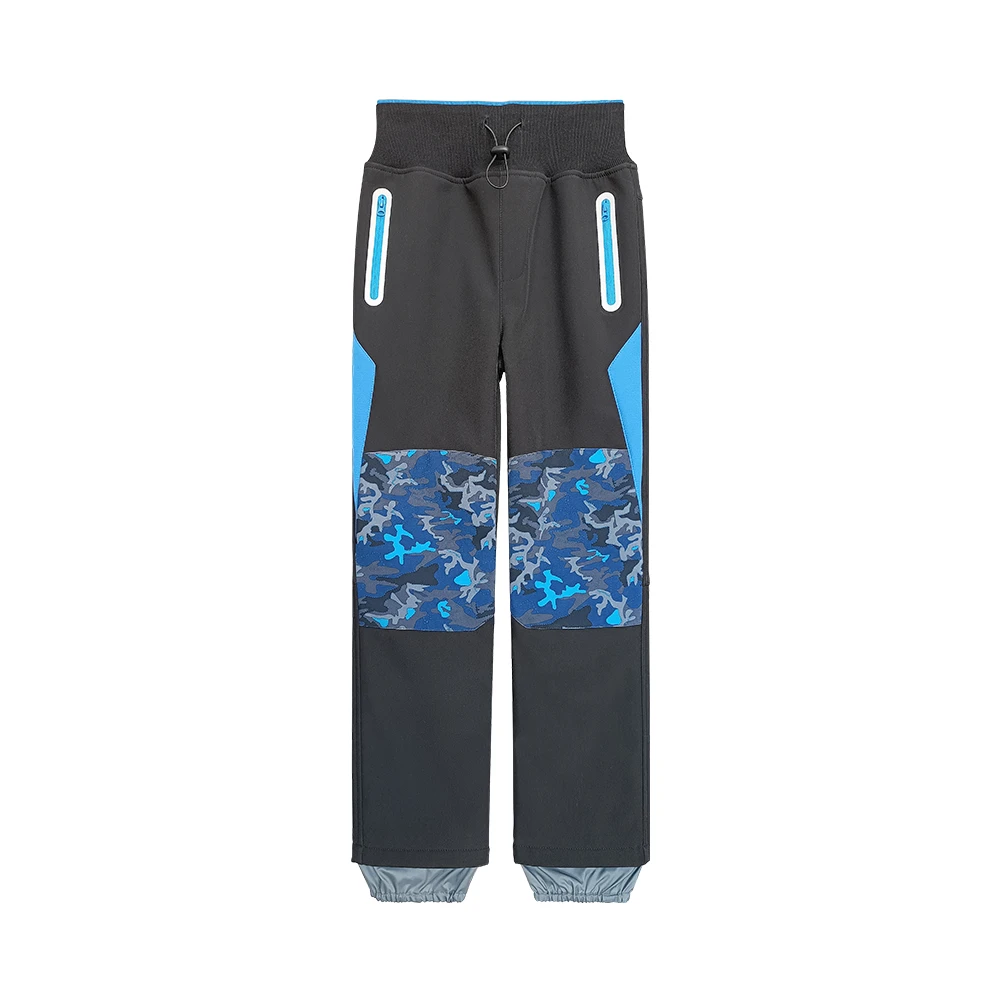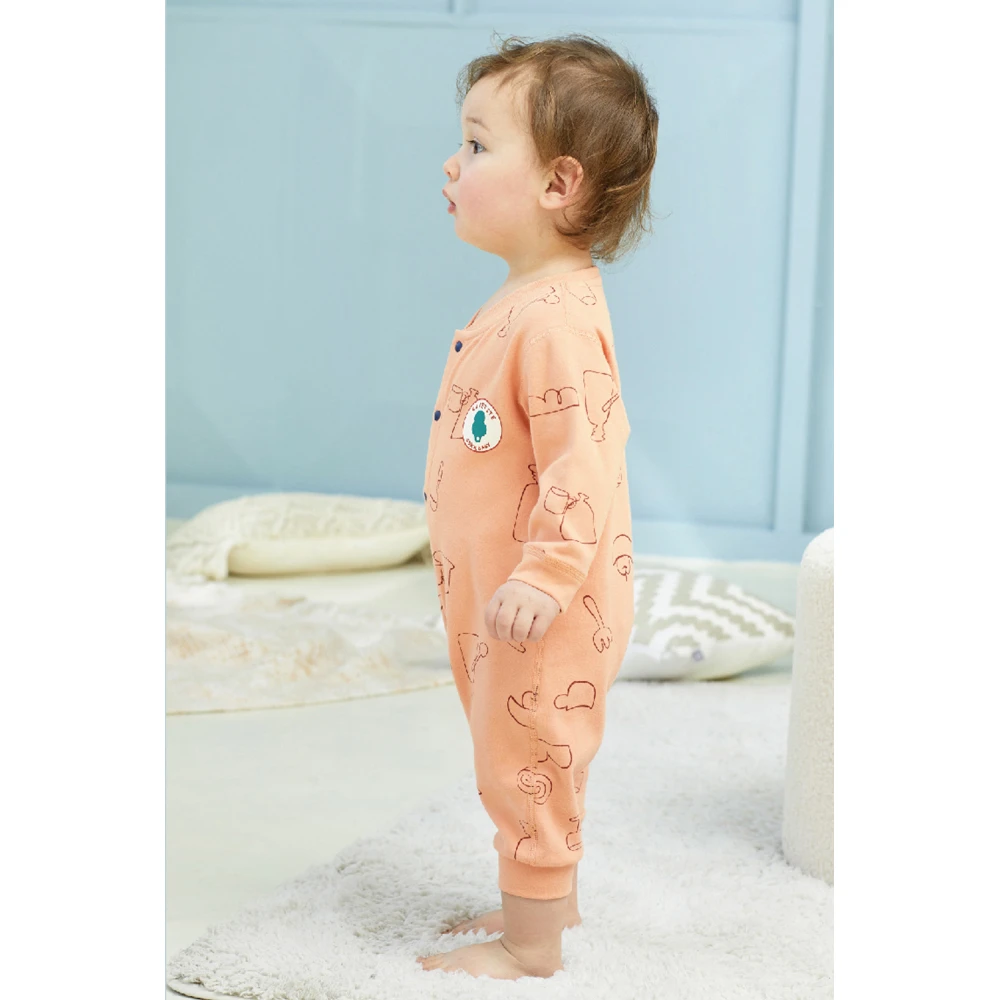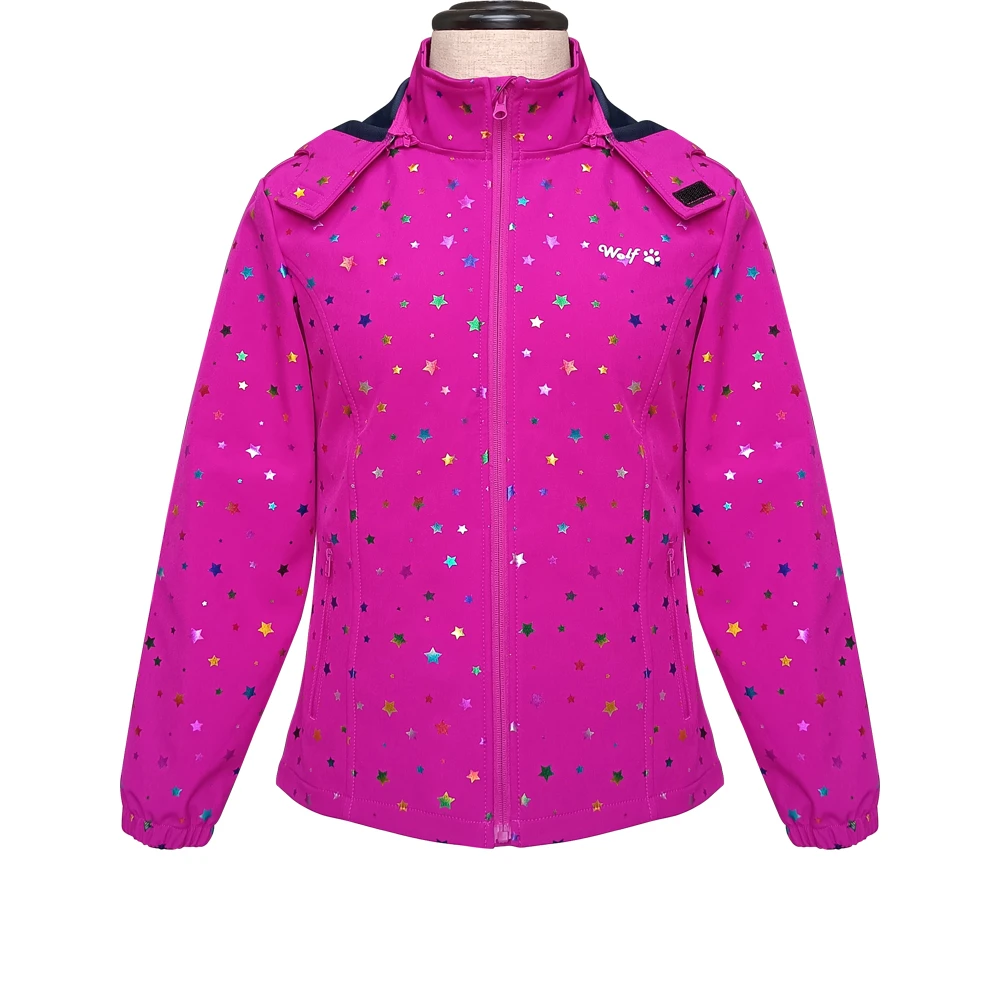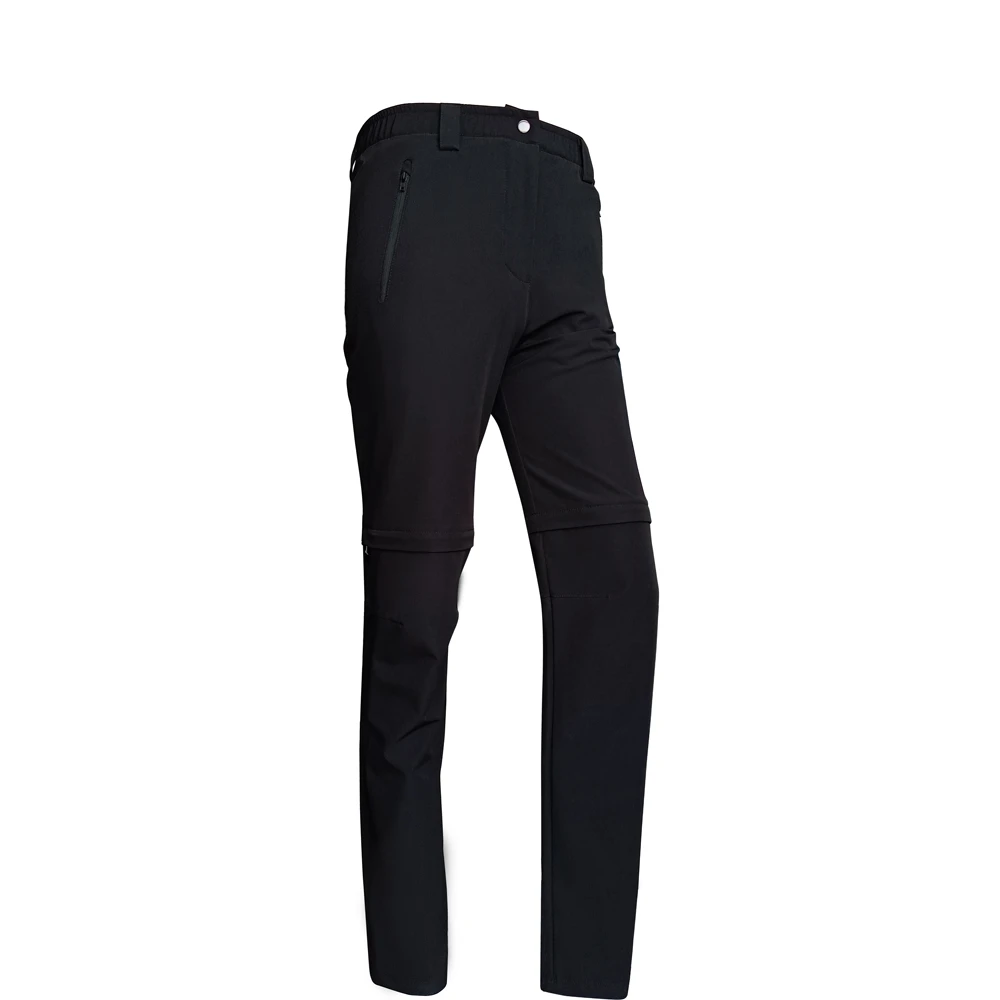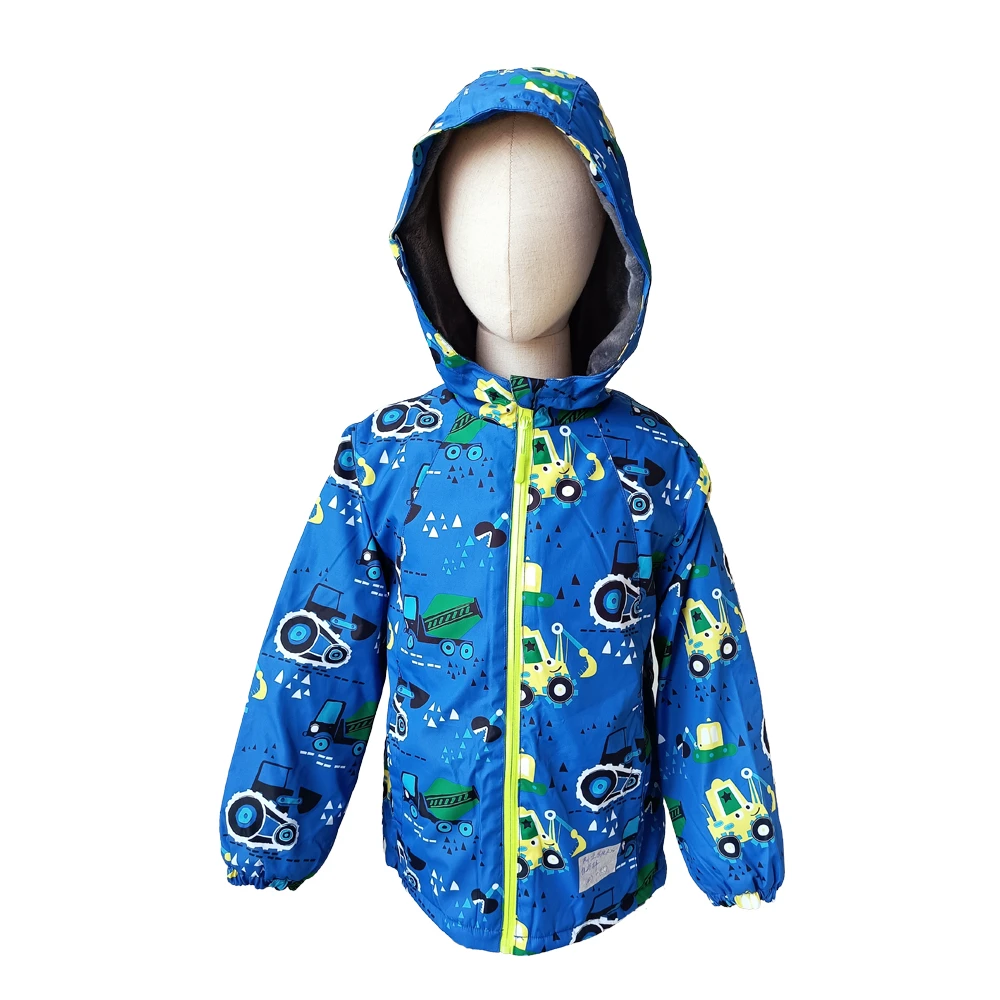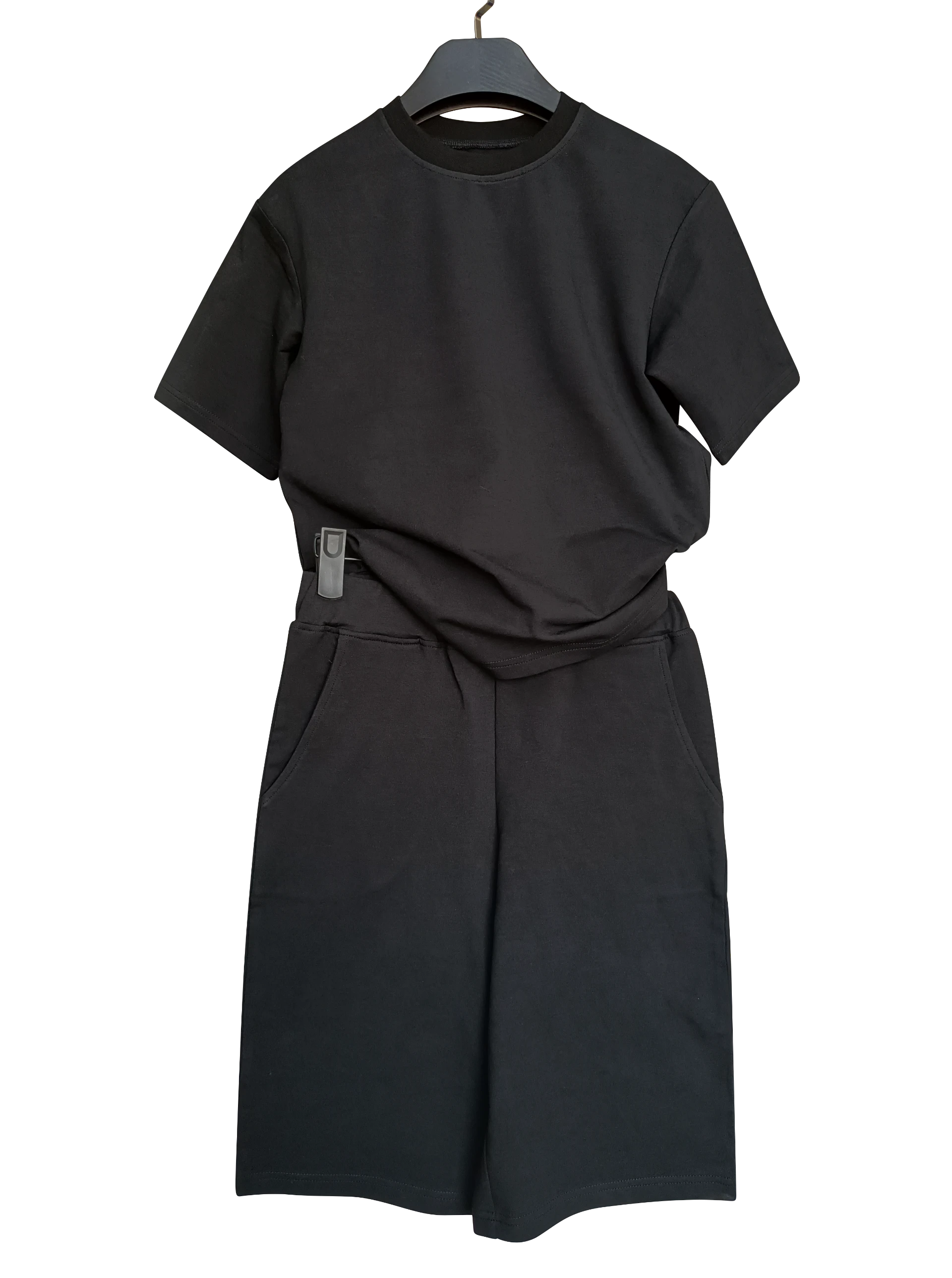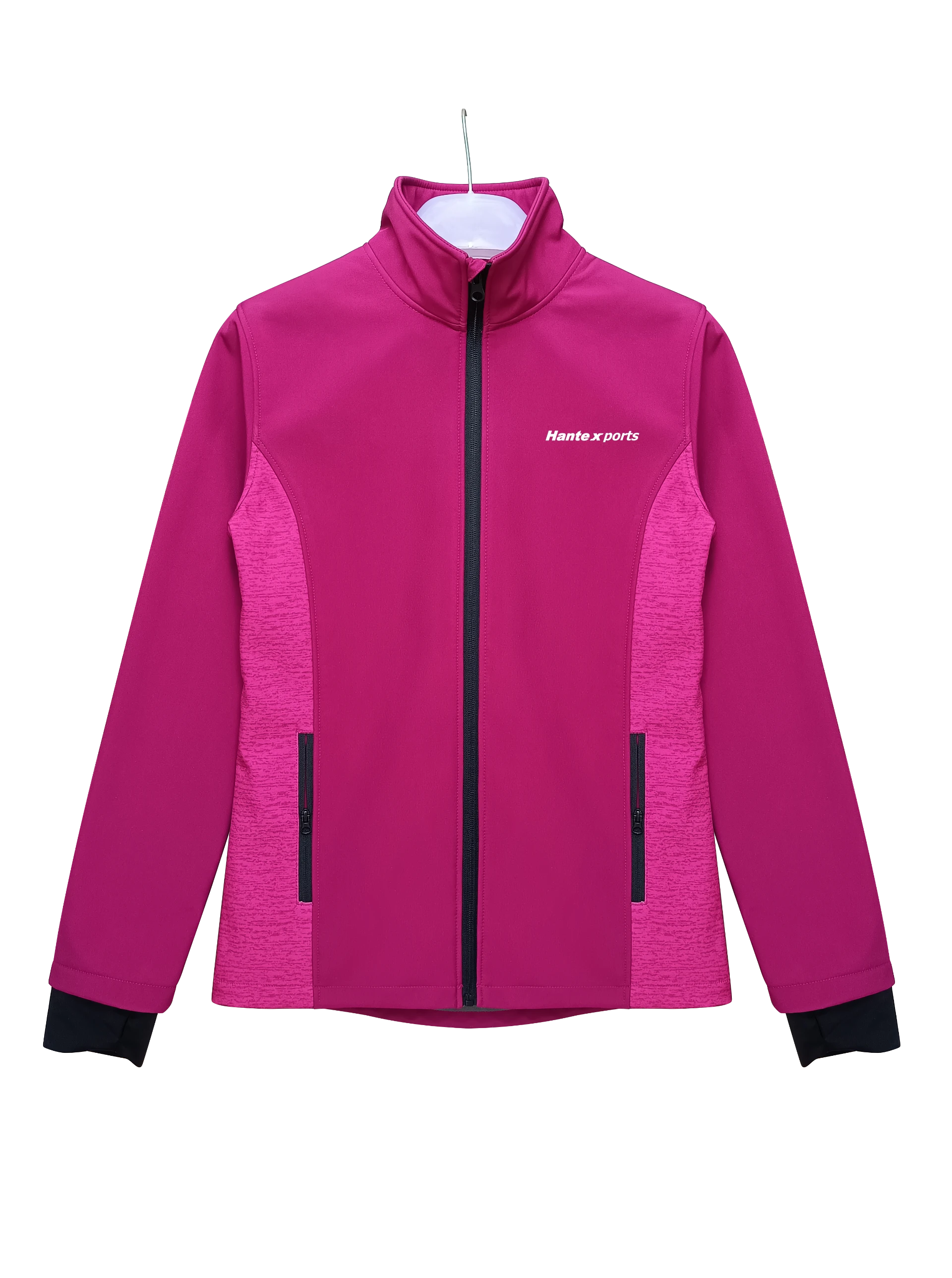Kids' wear clothing plays a significant role in the lives of children and their parents. It's not just about style and trends but also about comfort, practicality, and self-expression. As children grow and develop rapidly, their clothing needs frequently change, making it crucial for parents to find the right balance between fashion and function.
One of the primary considerations when choosing kids' wear is comfort. Soft, breathable fabrics like cotton are ideal for children's sensitive skin. These materials help regulate body temperature and prevent irritation, which is especially important for active youngsters. Moreover, well-fitted clothing allows children to move freely, engage in physical activities, and explore their environment without feeling restricted. For infants and toddlers, features like snap buttons, stretchy waistbands, and adjustable straps can make dressing and undressing hassle-free for parents.
.
Fashion and aesthetics should not be overlooked, even though they come after comfort and practicality. Kids often have their own preferences and opinions about what they want to wear, which is an important part of their self-expression and growing independence. Allowing children to choose their outfits can foster a sense of responsibility and boost their confidence. Bright colors, playful patterns, and themed clothing featuring favorite characters or animals are often popular choices that can make getting dressed an enjoyable activity.
kids wear clothes
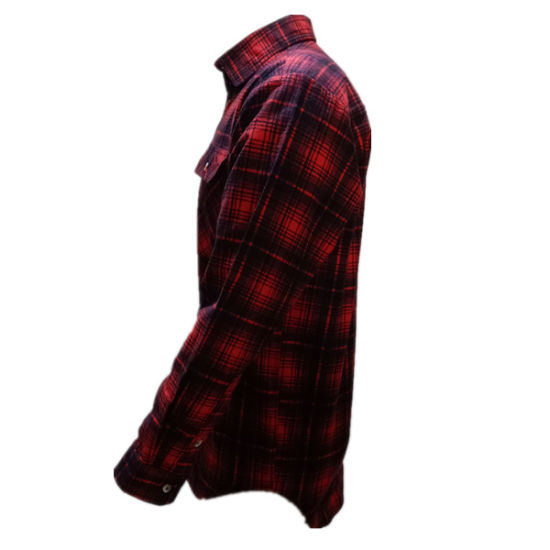
Seasonal considerations are also vital when shopping for kids' wear. In the colder months, layering is key to keeping children warm. Thermal underwear, cozy sweaters, and waterproof jackets are staples for winter wardrobes. Conversely, in the summer, lightweight dresses, shorts, and sun hats help keep kids cool while protecting them from the sun. Year-round essentials, like comfortable pajamas and versatile leggings, are always needed.
Sustainability has become an increasingly important factor in the kids' fashion industry. Eco-friendly fabrics, such as organic cotton, bamboo, and recycled materials, are gaining popularity. These options are not only better for the environment but also safer for children, as they are typically free from harmful chemicals and dyes. Hand-me-downs and thrift shopping are also great ways to reduce waste and support a sustainable lifestyle.
In conclusion, selecting the right kids' wear involves a careful blend of comfort, practicality, fashion, and sustainability. By prioritizing these factors, parents can ensure their children are happy, healthy, and stylish in their daily lives. Whether shopping for a new wardrobe or just a few key pieces, keeping these considerations in mind will help families make thoughtful choices that benefit both their children and the planet.
